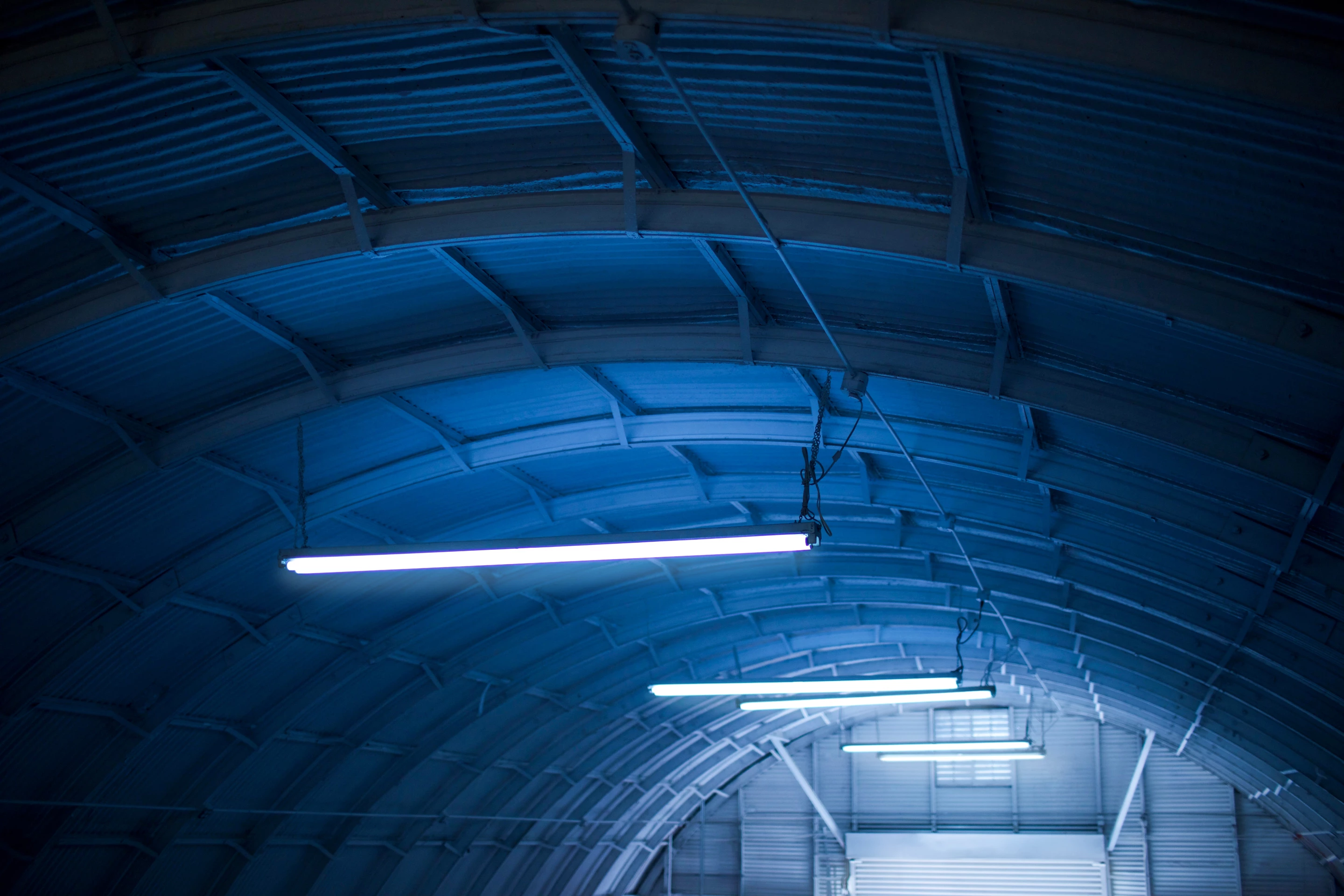Some have full-scale test tracks in place, some are just getting started, and now, some are kicking off construction of their supersonic passenger capsules. The race for companies to get the Hyperloop into operation is heating up, and for Hyperloop Transportation Technologies, that means channeling its energy into crafting the world's first full-scale Hyperloop pod, which it claims will be ready to go early next year.
Hyperloop Transportation Technologies (HTT) is just one of the startups working on Elon Musk's futuristic transport concept, which first surfaced in 2012. The system would shuttle passengers or cargo through near-vacuum tubes inside specially designed capsules at close to the speed of sound. Among HTT's rivals are Hyperloop One, which this month unveiled a full-scale test track in Nevada and Arrivo, a newly formed startup comprised largely of Hyperloop One departees.
Also playing a role in the movement are the hundreds of student engineering teams around the world building prototype Hyperloop pods, the best of which were put through their paces on a test track at SpaceX earlier this year. But it looks like HTT will be keeping its pod design and construction in-house. Well, sort of.
It announced today that it has teamed up with Carbures, a manufacturing company with experience in the aerospace, automotive and security industries, to build its first Hyperloop pods. It says construction is already underway at its research center in Toulouse, France, and the finished product will be 30 m (98.5 ft) long, 2.7 m (9 ft) in diameter and weigh 20 tons. It will carry 28 to 40 people and travel at speeds of up to 1,223 km/h (760 mph).

HTT has a number of agreements in place with various governments to conduct feasibility studies for a Hyperloop system, including Slovakia, the United Arab Emirates, the Czech Republic and Indonesia. It says in early 2018, all will be ready for a big reveal of the pod at the Toulouse center, which will then be put into action as part of a commercial system in a soon-to-be announced location.
You can hear from some of those involved in the project below.
Source: Hyperloop Transportation Technologies via PRNewswire









